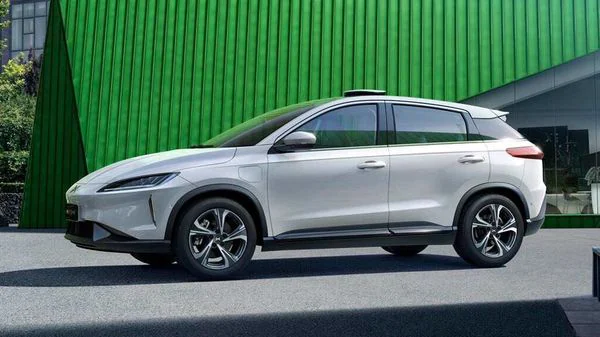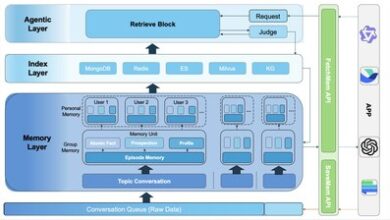Xpeng Motors will launch a pilot robotaxi program in China in the second half of 2022. Robotaxi is an autonomous ride-hailing service. The program is part of the company’s latest efforts to offer full-scenario autonomous driving capabilities by the middle of 2023.
Details of Xpeng’s pilot robotaxi program?
With this move, Xpeng expects to accelerate the development of its advanced assisted driving technology for mass-produced vehicle models. It claims that the upcoming advanced assisted driving technology will cover most traffic conditions.
Wu Xinzhou, vice president of autonomous driving in Xpeng said in an interview that Xpeng will operate a fleet of these vehicles in Chinese urban environments in the second half of 2022.
The company hopes to use the pilot scheme to study so-called “corner cases”. Corner cases mean the traffic scenarios that do not happen very often. According to Chief Executive He, they hope to find possible solutions to those corner cases.
Full details of the project are yet to be announced, but Wu said that the company will deploy its basic mass-produced vehicles rather than “retrofit vehicles with expensive sensors and semiconductors.”
Xpeng will become the first carmaker in China that explores mobility solutions enabled by autonomous driving. Xpeng has always intended to focus on developing consumer cars with autonomous driving capabilities rather than become a mobility service company.
Wu Xinzhou, vice president of autonomous driving in Xpeng

Xpilot4
In October the company announced its plans to launch Xpilot 4.0 in the first half of 2023. Xpilot4 is Xpeng’s advanced driver assistance system (ADAS). Xpeng said the system will offer drivers unlimited, full-scenario driving capabilities.
The Xpilot 4.0 will surpass the current 3.0 version. The current version handles only Chinese highways and some expressway-style urban streets. It will also be superior to the upcoming 3.5 version, which features automated driving capabilities on urban roads. Version 3.5 is scheduled for release by next June.
Context
Compared to robotaxi companies, EV makers such as Xpeng have chosen different approaches in their quest to achieve fully autonomous driving technology. EV makers are gradually working their technology up from assistant driving to semi-autonomous driving. They hope to arrive at fully autonomous driving.
In contrast, robotaxi companies such as Waymo believe there is no clear path from semi-autonomy to full autonomy. Consequently, they chose to start their work at a high driving automation level. Baidu, Pony.ai, and WeRide are the early robotaxi players in China.
Waymo has openly dismissed EV maker’s step-by-step approach. Former Waymo CEO John Krafcik said in an interview with Bloomberg that “It is a misconception that you can just keep developing a driver assistance system until one day you can magically leap to a fully autonomous driving system”. A Waymo’s testing vehicle reportedly costs at least $130,000 in sensors and computers, according to Krafcik.
However, Xpeng seems to disagree with robotaxi’s dismissal. “We will be ready to have a similar performance to any robotaxi company in China,” Wu said. “The robotaxi companies have to work very hard to find a path to a mass-production vehicle. If they don’t do that, two years from now, they will find the technology is already available in mass production, and their value will become much less than today”.



